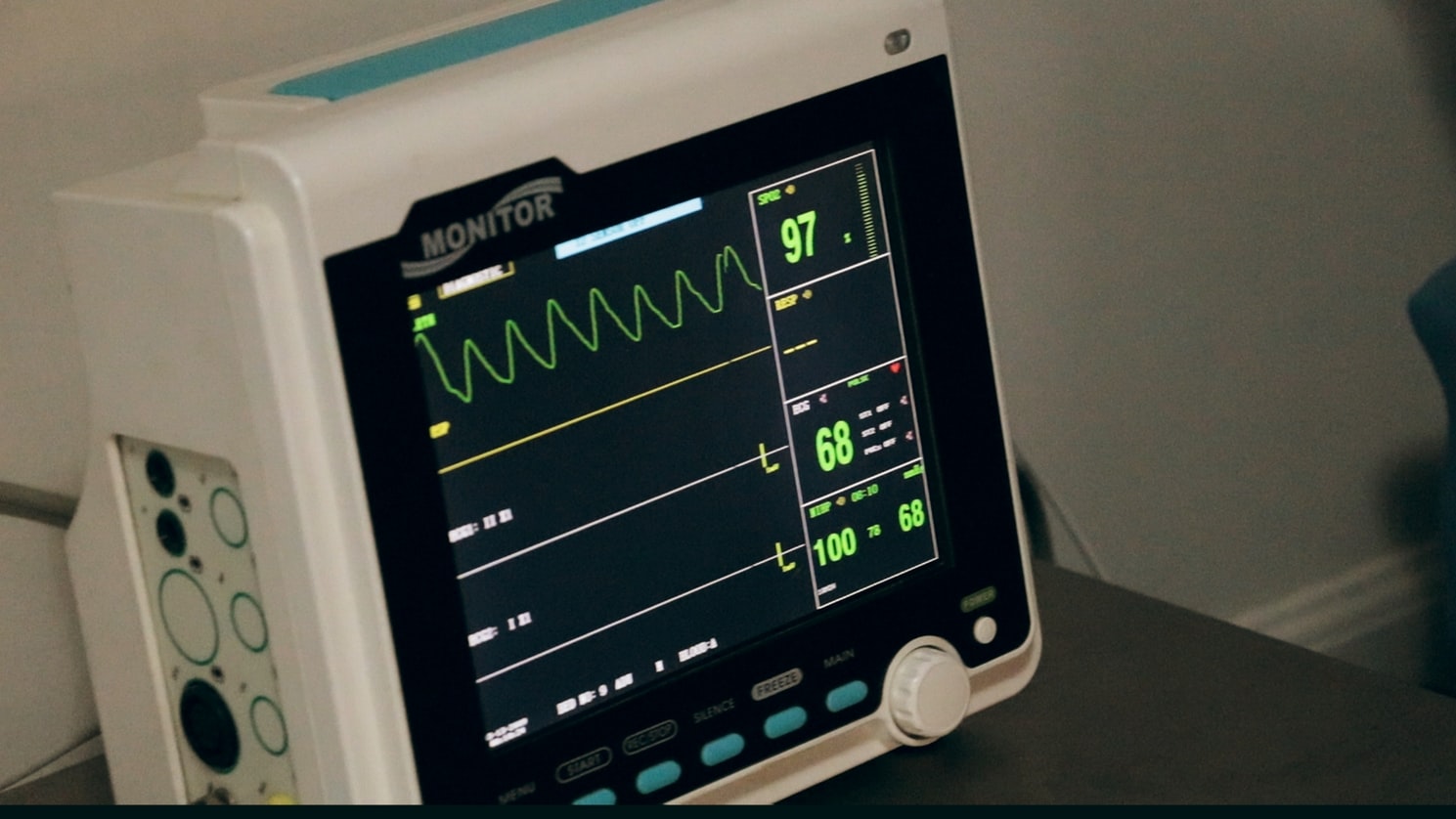Bad cholesterol grows plaques on the walls of arteries, and they keep growing. As they grow, they gradually hamper the artery blood flow. Then, cholesterol plaques are apt to burst – it causes formation of blood clots which in worst cases may result in heart attacks.
Dangers of a plaque
The body doesn’t want plaques so it attempts to pen up the cholesterol with white blood cells, but they get foamy and exude fat which can be conducive to inflammation. Artery wall cells proliferate and cover up the spot. The plaque gets buried underneath, but it still exudes threats.
Cholesterol plaques can behave differently
As soon as plaques get firmly set, they can develop in a number of ways.
The most health-beneficial way for the plaque is to cease growing or grow inward, not outward, where it will be obstructing the blood flow.
The bad way is when they do grow outward and get in the way of blood. As the plaques swell slowly the person may experience symptoms or not, while their condition gets worse.
Then, when blood brings too much pressure to bear on the walls of a plaque, it bursts, creates a clot, and if the clot is too big, it can lead up to a heart attack. It is the cause of about 75% of all heart attacks.

Plaques that are large are frequently covered by fibrous coating that ist hick enough to withstand pressure and halt the flow of blood. To prevent this a stent (a special wire mesh tube) is installed near the clot to make way for blood.
Atherosclerosis plaques lead to several cardiovascular diseases, mainly the following:
Coronary artery disease: as cholesterol plaques multiply in the arteries of the heart, in some cases the process manifests no symptoms whereas others can result in angina – pain or spasms in the chest. A heart attack follows when a cholesterol plaque breaks open suddenly and arteries get stopped by ensuing clots. It leads to the death of a heart muscle.
Cerebrovascular disease: breakage of a cholesterol plaque may occur in an artery of the brain. The ensuing stroke is likely to bring about severe brain damage. Another blockage result can be a transient ischemic attack, or TIA. This kind of attack is similar to a stroke, but milder in effect and promising no permanent damage.
Peripheral arterial disease: when clogged arteries are in the legs they can make walking painful; blood circulation is scanty and wounds will take a long time to heal. In very bad cases the leg may have to be amputated.
Ways of treatment
The main idea is to drive as much choleserol as it is possible out of plaques. It is done by decreasing the overall cholesterol level in the blood. Cholesterol is carried by particles known as lipoproteins. Transported by low-density lipoprotein (LDL), it gets sucked into the walls of blood vessel. The reduction of LDL cholesterol levels is implemented by some medicines mostly often ones known as statins.
Alternative efficacious ways to dwindle plaques can be radical changes in the lifestyle.
Follow the Mediterranean diet which can lower the cardiac trouble risk by 30%. You won’t be going down so much on wine and cheese, but get to consume more of vegetables, fruits, nuts, fish, and olive oil; not much-processed meat, either.

Smoking is a bad habit as pertaining to HDL level – it ruins the lining of the artery walls. If you are concerned about your cholesterol, chuck it.
Workouts. Taking up aerobics you can boost HDL, get rid of excessive body fat, put down blood pressure and sugar level. As you keep working out and dropping weight, your LDL levels will go down. Your best bet would be 150 weekly minutes of moderate exercise – or intense, if you feel on your mettle.
Go easy on alcohol
Possible complications
Should it turn out that you have clogged artery or arteries, it’s not something you can mend by just adopting a healthier lifestyle. Consult your doctor about starting on a treatment – you may need invasive techniques to bypass the clots.
Invasive treatment implies that into the blocked artery will be inserted a tube through which the plaque will be sucked out or even obliterated (process known as atherectomy). Then there may be left a stent – a small metal instrument designed to ensure a proper blood flow through the area.

It may happen that in severe cases a more thorough treatment will be needed: the clotted artery may have to be taken out and replaced by a healthy artery takem from some other place in your body.
If you have this problem, you should think out a course of treatment with your therapist, you mustn’t leave your arteries like that. The condition is fraught with grave health issues, and you can develop aneurysm, a heart attack or a stroke.











